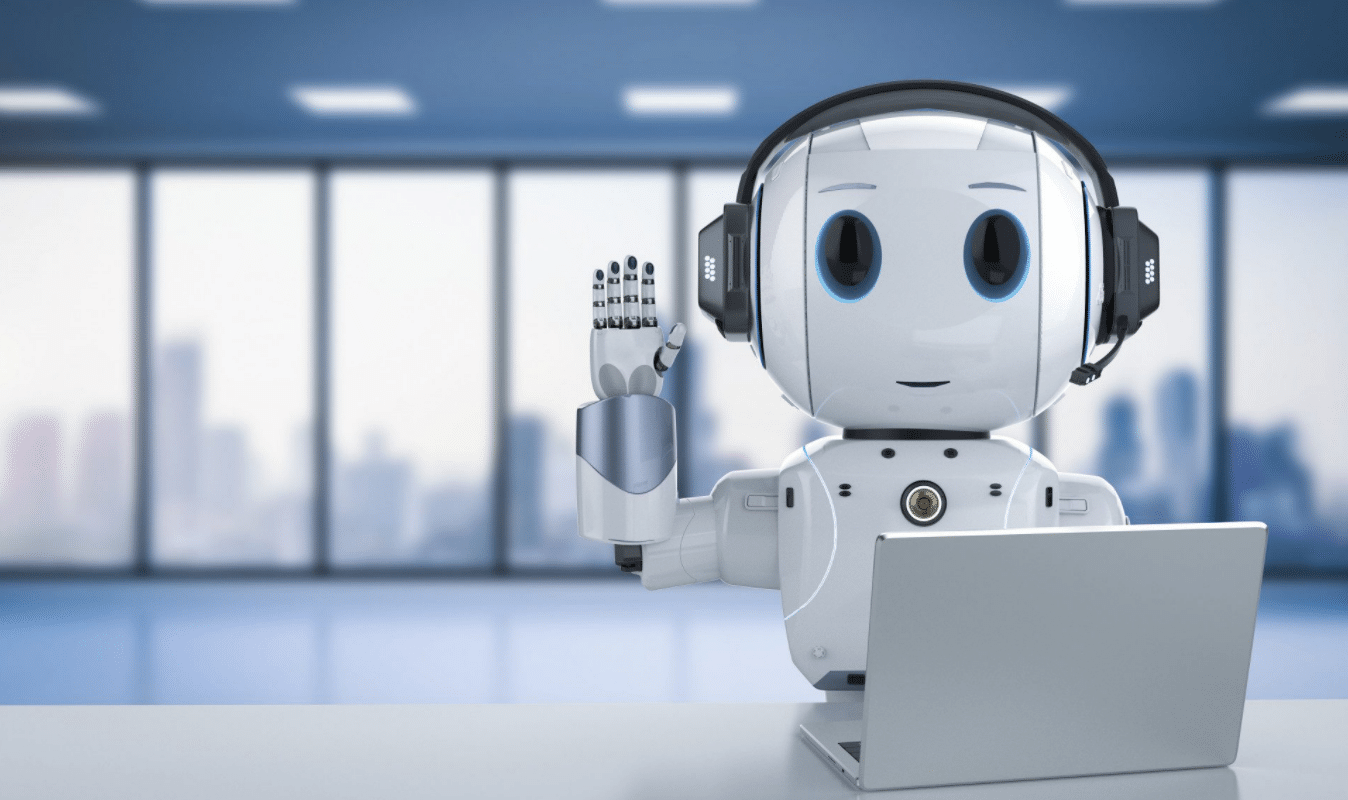Chatbots are designed to engage in conversation with humans, and while they are adept at understanding natural language and generating text-based responses, they are generally not equipped to write code. However, there are some chatbots that have been developed specifically for programming purposes, which are known as coding chatbots.
Coding chatbots are designed to help developers write code more efficiently by providing suggestions, code snippets, and other helpful tools. They use natural language processing (NLP) and machine learning algorithms to understand the intent and context of the developer's request, and then generate relevant code or suggestions based on that understanding.
One way in which coding chatbots can help developers is by providing suggestions for code completion. When a developer is typing out a line of code, the coding chatbot can analyze the syntax and context of the code and offer suggestions for the rest of the line or the entire block of code. This can help speed up the coding process and reduce errors.
Another way in which coding chatbots can be helpful is by providing code snippets for commonly used functions or tasks. For example, a chatbot designed for web development might provide a pre-written code snippet for creating a responsive navigation menu, saving the developer time and effort in writing the code from scratch.
Coding chatbots can also be used to automate repetitive tasks, such as generating boilerplate code for a new project or running tests on code changes. By automating these tasks, developers can focus on more complex and challenging aspects of the project.
One challenge in developing coding chatbots is ensuring that the generated code is accurate, efficient, and follows best practices. This requires a deep understanding of programming languages, algorithms, and software development practices, which can be challenging to incorporate into a chatbot's machine learning algorithms. Additionally, coding chatbots may struggle with more complex programming tasks that require creative problem-solving skills, which are difficult to automate.
Despite these challenges, coding chatbots have the potential to revolutionize the way developers work, by providing intelligent and efficient assistance with the coding process. They can help developers save time, reduce errors, and improve the quality of their code. As machine learning algorithms continue to improve, it is likely that we will see more advanced coding chatbots in the future, which will further enhance the capabilities of developers and accelerate software development.
Wednesday, April 26, 2023
Can Chatbot Be Detected?
It is possible for humans to detect that they are interacting with a chatbot rather than a human, particularly if the chatbot has limited language capabilities or if the responses are formulaic and lack personalization. However, as language models like ChatGPT continue to improve and incorporate more advanced natural language processing and machine learning algorithms, it may become increasingly difficult to distinguish between human-generated and AI-generated responses. Additionally, some chatbots are designed to intentionally deceive users into thinking they are human, which can make detection even more challenging. Ultimately, the ability to detect a chatbot depends on a combination of factors such as the sophistication of the chatbot's language model, the quality of its responses, and the user's level of experience and familiarity with chatbot technology.
Can ChatGPT Write Essays?
Yes, ChatGPT can write essays. As a large language model trained by OpenAI, based on the GPT-3.5 architecture, ChatGPT has the capability to generate coherent and comprehensive text on a wide range of topics. In fact, one of the key applications of ChatGPT is to generate human-like text that can be used for various purposes, including writing essays.
To write an essay, ChatGPT first needs to be provided with a prompt or topic to write about. This can be done by the user inputting a question, statement, or idea that serves as the starting point for the essay. Once the prompt is provided, ChatGPT uses its natural language processing capabilities and machine learning algorithms to generate a response.
In order to write an effective essay, ChatGPT needs to have a deep understanding of the topic at hand. This requires access to a large amount of knowledge and information on the topic, which can be obtained through various sources, including online databases, academic journals, and other reliable sources. ChatGPT can also use its machine learning capabilities to learn from past essays and other relevant texts, which can help improve the quality and coherence of its responses.
To write a high-quality essay, ChatGPT also needs to have a strong command of language and grammar. This involves understanding the rules of grammar, syntax, and style, as well as the nuances of language use and communication. ChatGPT has been trained on a vast corpus of texts, which includes a wide range of writing styles and genres. This allows it to generate text that is not only grammatically correct but also stylistically appropriate for the context and audience.
In addition to language and grammar, ChatGPT also needs to be able to structure its responses in a logical and coherent manner. This requires understanding the principles of essay structure, including the introduction, body, and conclusion. ChatGPT can use its machine learning capabilities to identify the key points to be addressed in each section of the essay, as well as the most effective ways to link these points together to form a cohesive argument or narrative.
Overall, ChatGPT has the capability to write high-quality essays on a wide range of topics. However, it is important to note that while ChatGPT can generate text that is grammatically correct and stylistically appropriate, it may not always be able to generate text that is accurate or relevant to the topic at hand. As with any automated system, it is important to review and edit the output generated by ChatGPT to ensure its accuracy and appropriateness for the intended audience and purpose.
To write an essay, ChatGPT first needs to be provided with a prompt or topic to write about. This can be done by the user inputting a question, statement, or idea that serves as the starting point for the essay. Once the prompt is provided, ChatGPT uses its natural language processing capabilities and machine learning algorithms to generate a response.
In order to write an effective essay, ChatGPT needs to have a deep understanding of the topic at hand. This requires access to a large amount of knowledge and information on the topic, which can be obtained through various sources, including online databases, academic journals, and other reliable sources. ChatGPT can also use its machine learning capabilities to learn from past essays and other relevant texts, which can help improve the quality and coherence of its responses.
To write a high-quality essay, ChatGPT also needs to have a strong command of language and grammar. This involves understanding the rules of grammar, syntax, and style, as well as the nuances of language use and communication. ChatGPT has been trained on a vast corpus of texts, which includes a wide range of writing styles and genres. This allows it to generate text that is not only grammatically correct but also stylistically appropriate for the context and audience.
In addition to language and grammar, ChatGPT also needs to be able to structure its responses in a logical and coherent manner. This requires understanding the principles of essay structure, including the introduction, body, and conclusion. ChatGPT can use its machine learning capabilities to identify the key points to be addressed in each section of the essay, as well as the most effective ways to link these points together to form a cohesive argument or narrative.
Overall, ChatGPT has the capability to write high-quality essays on a wide range of topics. However, it is important to note that while ChatGPT can generate text that is grammatically correct and stylistically appropriate, it may not always be able to generate text that is accurate or relevant to the topic at hand. As with any automated system, it is important to review and edit the output generated by ChatGPT to ensure its accuracy and appropriateness for the intended audience and purpose.
Subscribe to:
Posts (Atom)



